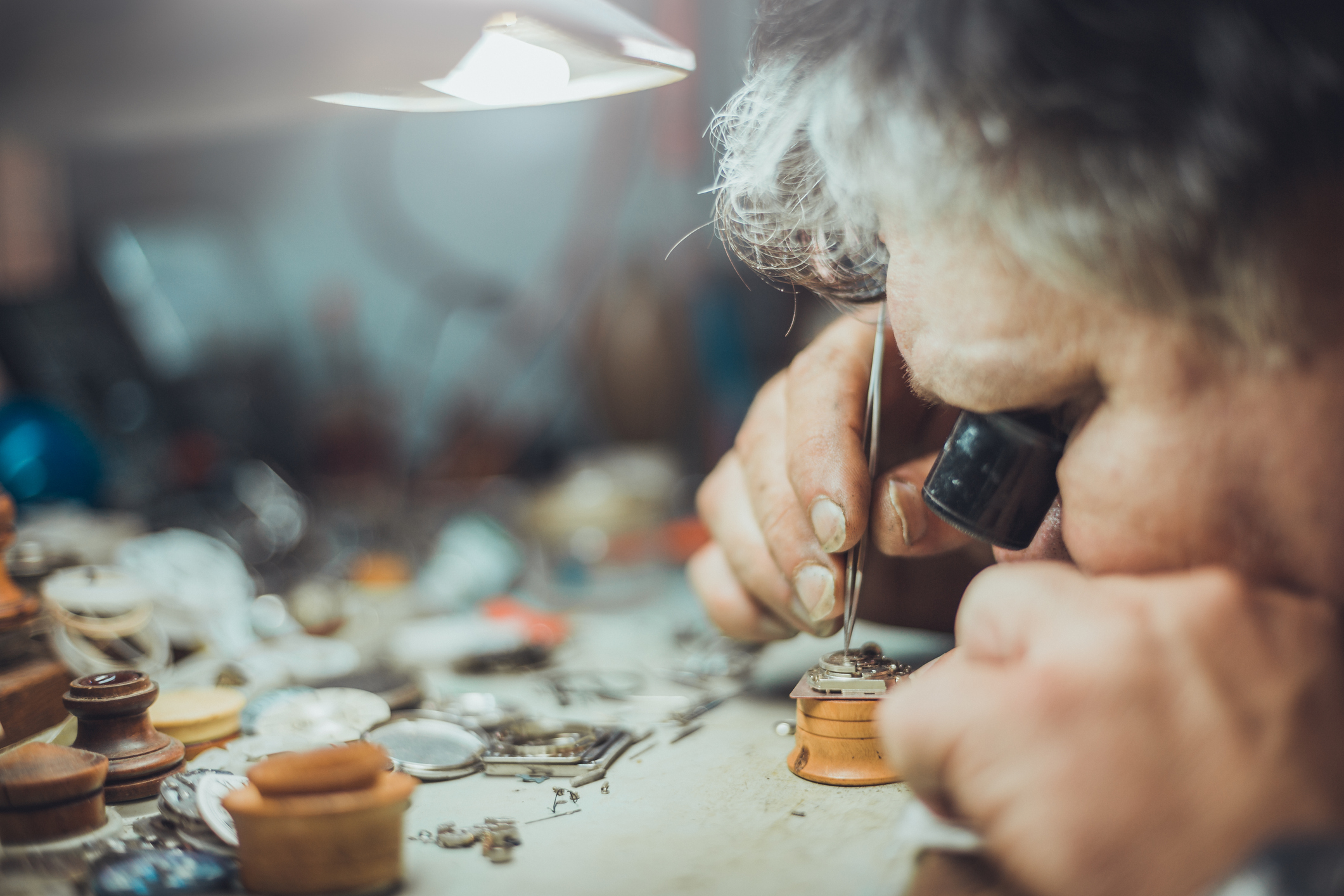Jewellery trends: the rise of the circular economy
Wednesday 9th August 2023

The jewellery industry is seeing increased interest in pre-loved, upcycled and repaired products as consumers embrace the circular economy.
Take a look at some of the insights from The Company of Master Jewellers (CMJ) to find out the sustainability trends set to take the jewellery industry by storm this year…
How will the circular economy impact the jewellery industry?
1. Sustainability-influenced purchasing decisions
Sustainability-influenced purchases are projected to account for 20-30% of all fine jewellery sales, equating to as much as £92bn, by 2025.
The Company of Master Jewellers commissioned a research piece by Spike Digital to analyse search trends amongst consumers. Their analysis found:
- Searches for “lab diamond” grew 83% year on year
- “Lab-grown diamonds” experienced a 22% growth within the three-month period of analysis
- “Ethical jewellery”, “sustainable gold jewellery” and “ethically sourced jewellery” had each risen by 50% within the three-month period of analysis
Rising consumer interest in these products suggests sustainability-influenced purchasing decisions will increase over the coming months and years. Many jewellery retailers are now beginning to focus on promoting these types of products and investing in new product lines to attract the attention of sustainability-focused customers.
2. Pre-owned products get some love
Pre-owned jewellery is growing in popularity, with the pre-owned luxury watch market set to grow by 8-10% by 2025.
Why are so many customers turning to the second-hand market? As part of research conducted by McKinsey & Co, 41% of respondents said that access to rare and exclusive products is what attracted them to resale. Other popular reasons to buy pre-owned jewellery include:
- Pre-owned jewellery is thought to be more environmentally friendly, so it’s a top choice for eco-conscious consumers
- There’s a much bigger range of options, allowing customers to choose jewellery that suits their unique style – not just the modern trends
- Customers may find pre-owned items better value for money, as these pieces will invariably be cheaper than brand-new items. Research shows around 30% of upper teens had visited a pre-owned marketplace in 2020, providing a more accessible way for younger people to purchase high-ticket items
3. Repair, don't replace
The projected UK repair revenue is £173.55m by 2025 (according to Statista). Industry experts predict there will be a focus on renewing and repairing pieces consumers already own, instead of purchasing brand-new high-ticket items.
This is predominantly due to ongoing cost-of-living challenges, resulting in reduced disposable income for many. 71% of “affordability first” consumers would rather repair an item than buy a new one – but it’s not just low-income customers prioritising renewing and repairing their jewellery.
Insights published by the Business of Fashion (BOF) suggest 57% of luxury shoppers believe the value of their luxury accessories will likely appreciate if they care for the condition of the item. Jewellery buyers are taking care of their purchase, relying on retailers to help keep their precious pieces in good condition.
Jewellers can capitalise on this by providing a strong repairs and aftersales service.
In further research conducted by Spike, terms such as “custom jewellery near me” and “jewellery valuations near me” had all experienced a year-on-year increase, demonstrating a clear need for jewellery retailers to advocate for their aftercare and additional services.
Are you ready to reach new customers this year?
Keep an eye on our News section for further industry insights or chat to our specialist team today.

